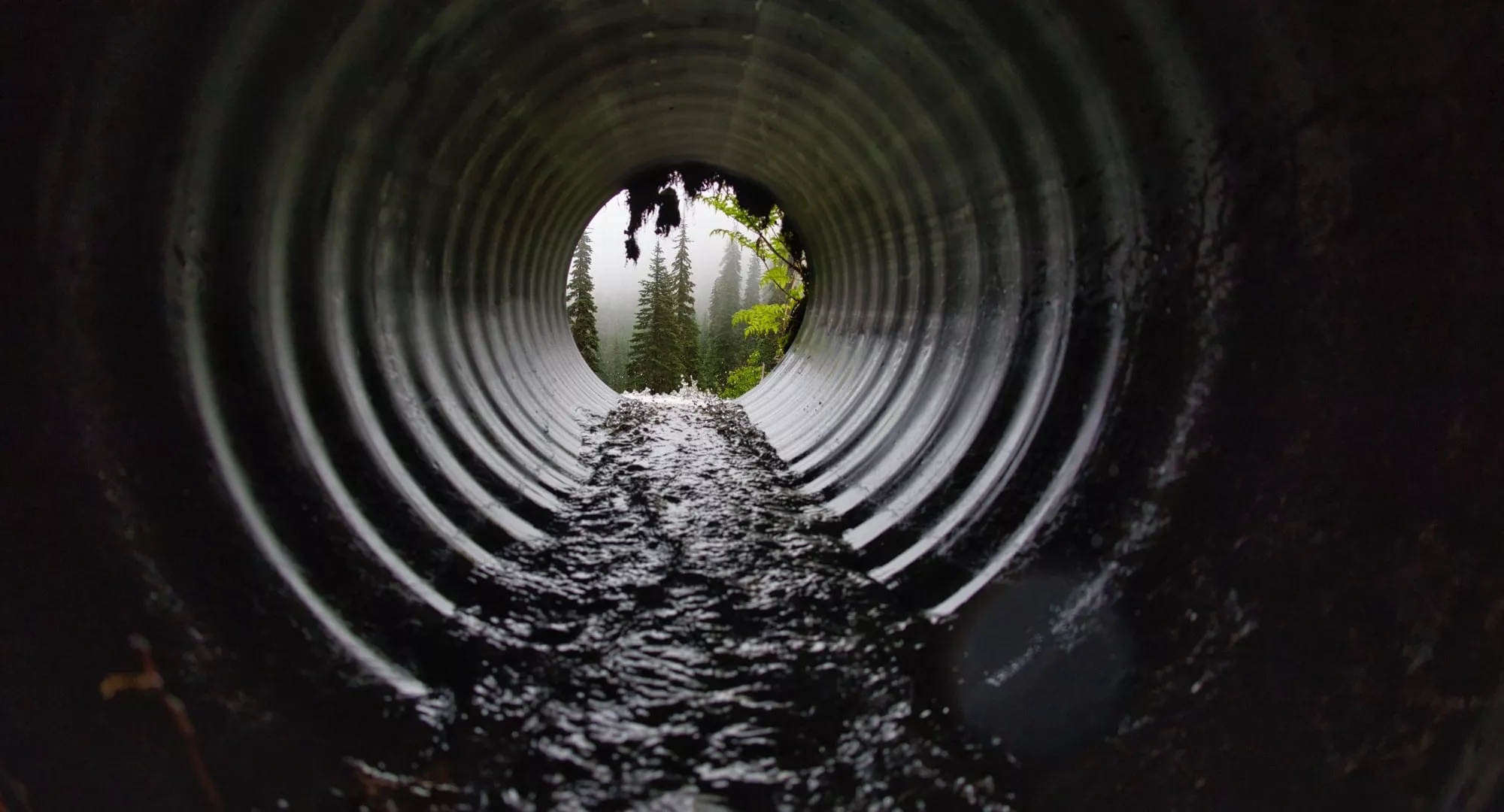
Saltwater Threats to Drinking Water: Evaluating Risks of Corrosion and Disinfection Byproducts
Abstract
Freshwater salinization was originally thought to be a problem limited to arid areas, but it is now acknowledged as a worldwide environmental issue affecting both arid and humid regions. Salinization concerns in warm and humid areas are illustrated by the events in Mississippi River where a prolonged drought caused significantly decreased river flows resulting in increased salinity because of reduced dilution and the formation of a saltwater “wedge” that is moving upstream and contaminating freshwater supplies.
The first task of this project is to evaluate the impact of increased salinity on corrosion control efficacy. An increase in the salinity od drinking water supplies has widespread implications for corrosion of drinking water infrastructure. Of particular concern is the potential for lead to leach from lead service lines, brass fittings, and copper with leader solder. The second task is to assess the changes in regulated and unregulated disinfection byproducts (DBP) risks. Seawater contains much higher levels of bromide and iodide than freshwaters, which leads to the formation of brominated and iodinated DBPs, many of which are more toxic compared to regulated DBPs.
The prospect of dramatic increases in salt concentrations in freshwater supplies, as well as chronic increases in salinity, is a national concern and a pressing issue. This study will evaluate the expected impacts of rising salinity levels on corrosion control and DBP formation.

